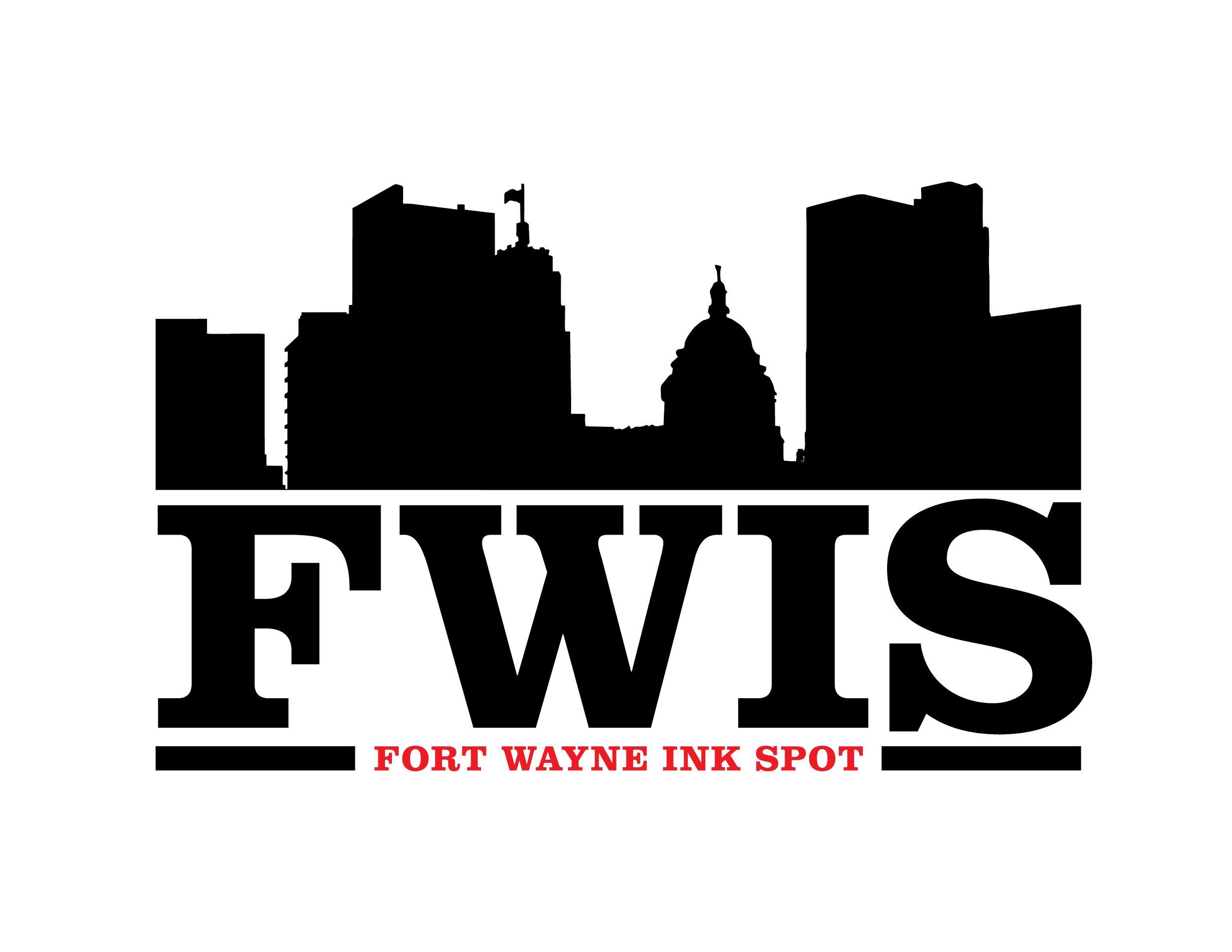In Touch With An Old Virginia Plantation

By Betty Miller Buttram
Contributing Writer, FWIS
There is a house in rural Gretna, Virginia, a 10.5-acre property with other building structures, that sold two years ago, and the sale of that house revealed a familial history. It had its secret; but folks who have lived in the area for years and years knew about it, they just never talked about it. In the past it was known as the Sharswood Plantation. Today, it is a renovated house brought up to the real estate standards of the 21st century. The new owner paid $225,000 for the entire property two years ago and then discovered the history of the house, the land, and his own family connection.
The new owner is Fredrick Miller, an African American male, a retired Air Force veteran who now lives in California, and he would discover that his ancestors had been slaves on the Sharswood Plantation.
Frederick grew up a half-mile from the property and rode past that house on his school bus every day unaware of its history. It was an old Gothic gabled house with six chimneys, diamond-paned windows, and a sweeping lawn. Fredrick wanted a place where his vast extended family, who still live nearby in Gretna, could gather for their family reunions. When his sister called him and told him the house was for sale, he put in a bid, and the seller accepted his offer. Frederick’s roots are deep in this part of Pittsylvania County, Virginia. Slavery was not something people talked about in this part of Virginia when he was growing up in the 1970’s and 1980’s. There were only a few brief mentions, but the history of slavery was not taught that much.
The Miller family elders had always suspected the property was once part of a plantation where their ancestors had been slaves, but they had no solid evidence. In 2018, Frederick’s sister and two cousins talked to the elders, researched real estate records at the Pittsylvania County Courthouse, visited genealogy sites, U.S. Census database and researched local African American genealogy. When Fredrick bought the house, his sister and cousins doubled down on researching their family history.
Approximately 550,000 people in Virginia were enslaved at the outset of the Civil War. In Pittsylvania County closer to half of the population was not free. Those enslaved at Sharswood Plantation in 1860 ranged in age 1 to 72 according to U.S. Census figures:
Thirty-five were twelve or older and considered adults on the census count.
There were twenty-three children of the fifty-eight total, thirty-one were female.
Before and during the Civil War, Sharswood was a 2,000-acre tobacco plantation owned by two brothers, Charles Edwin Miller, and Nathaniel Crenshaw Miller. Fredrick Miller and his extended family had grown up in the shadow of Sharswood. It was common after the end of the Civil War that the emancipated slaves took the last name of their enslavers. There was a suspected connection, and the relatives took a deeper dive. As the puzzling pieces connected due to their extensive research, the Miller family history developed.
Sarah Miller, great-grandmother to Fredrick, his sister, cousins, and a great-great-grandmother to another cousin, died in 1949 at the age of eighty-one. They learned from her death certificate that Sarah’s parents were Violet and David Miller who had lived a short distance from Sharswood. From the many documents that the descendants of Sarah Miller have obtained, the oral family history they put together, and the proximity of the family to the property, they are certain that Violet and David Miller were among those enslaved on that plantation. From the Slave Birth Index uncovered, Violet gave birth to a boy named Samuel on May 9, 1864, and the name of Miller is listed as the enslaver. In the 1870 census, Sarah who was born in 1868, is listed as a member of the household.
One of the building structures on Fredrick Miller’s newly acquired property is a dilapidated cabin behind the house that is not visible from the road. It has been documented that the cabin was built before 1800 and was the main house and then divided into a duplex before 1820. It served as a kitchen and laundry and a living space for some who were enslaved at Sharswood. Another structure on the property is the Overseer’s Office across from the main house. There are other smaller buildings on the property.
The Miller family reunions date back to 1965, and in August of 2021, they had a two-day reunion on the grounds of that old plantation and more than two hundred relatives attended. Everybody wanted to see that small cabin behind the house.
Fredrick Miller is proud that his relatives are reconnecting with one another and their past.
